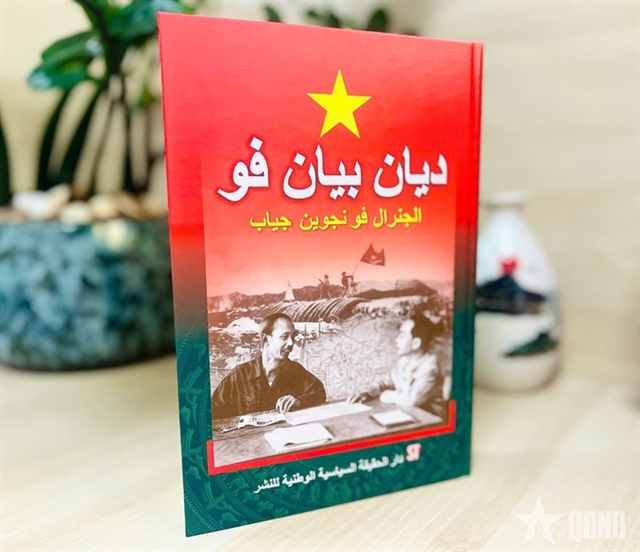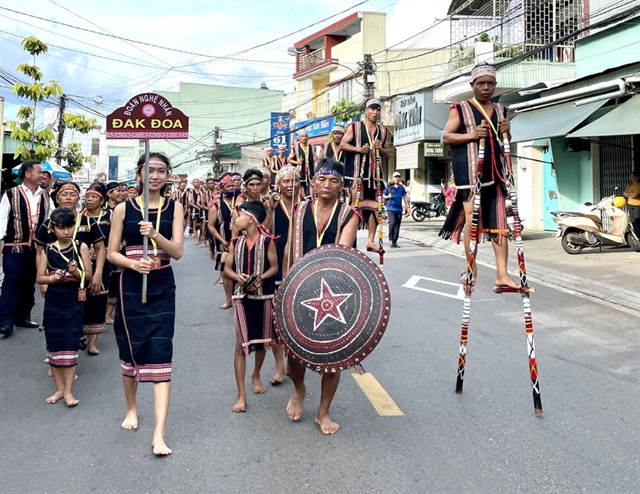 Life & Style
Life & Style


|
| The street festival is a popular activity at Gia Lai Province's Cultural Heritage Festival 2025. — Photo baogialai.com.vn |
GIA LAI — Gia Lai Province's Cultural Heritage Festival 2025 officially started on November 21 at the Pleiku Museum in Pleiku, featuring an array of engaging activities designed to honour and promote heritage values.
Deputy Director of the provincial Department of Culture, Sports and Tourism Lê Thị Thu Hương said that the event will run until November 23, showcasing unique cultural and artistic performances, including gong presentations, a reenactment of the Bahnar people’s victory celebration, the 'Gia Lai Cultural Colours - Preservation and Development' programme and vibrant street festivals with art exchanges.
The festival will also highlight Gia Lai Province's tourism development through various displays, including photography, painting and literature exhibitions, traditional cultural ethnic community products, local One Commune, One Product (OCOP) offerings and specialty coffee experiences. Attendees will also have the opportunity to savour traditional local cuisine.
This event aims to commemorate Việt Nam Cultural Heritage Day on November 23 and the 20th anniversary of the Central Highlands Gong Cultural Space, recognised by UNESCO in 2005 as a Masterpiece of Oral and Intangible Cultural Heritage of Humanity.
Prior to the festival, several events were held, including an exhibition of the artistic heritage of painter Xu Man celebrating the 100th anniversary of his birth in 1925.
The Pleiku Museum is coordinating many of the festival's activities.
Museum director Lê Thanh Tuấn said: “In addition to honouring and promoting the cultural heritage of indigenous ethnic groups, the museum aims to showcase the identities of ethnic groups throughout the country through performances of Chăm H’roi folk songs and dances, Mông people's panpipe and flute music, Mường people's gongs, as well as then singing, tính lute and bamboo dancing from the Tày, Nùng and Thái peoples."
Tuấn added: "With a programme developed in an innovative direction, the festival focuses on enhancing visitors' experiences with folk cultural forms, including calligraphy writing, tea ceremonies and participation in traditional folk games." — VNS




